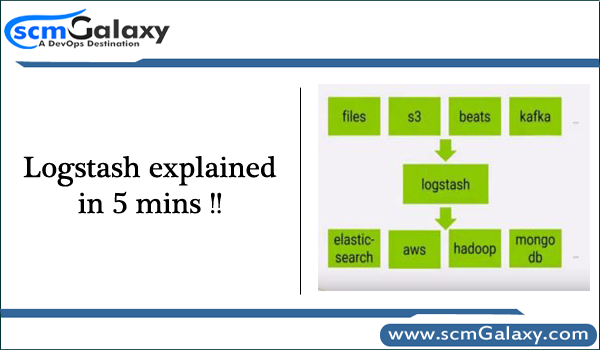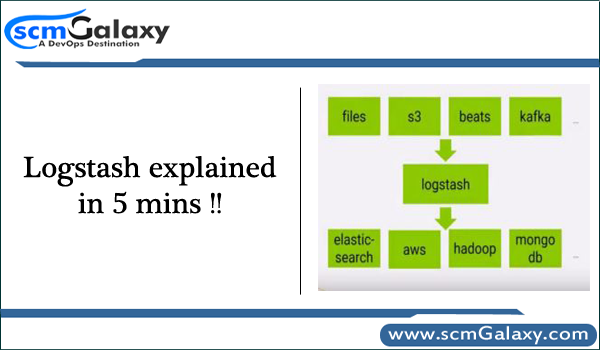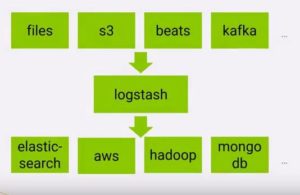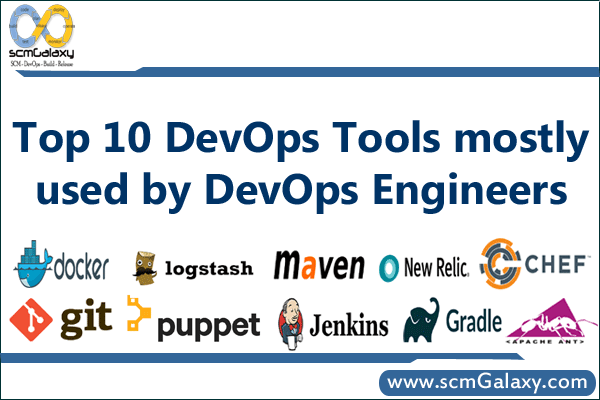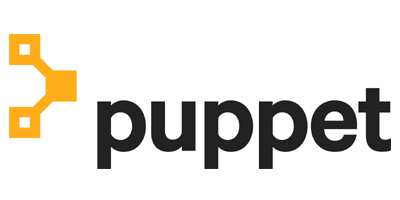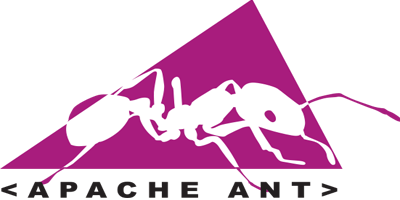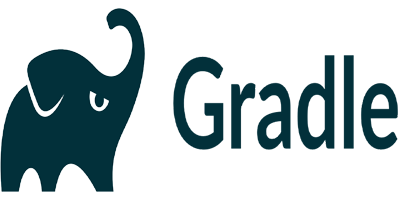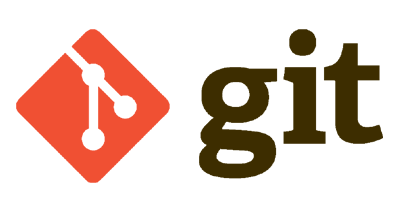DevOps is an important component for software industry today. Developing and implementing a DevOps culture helps to focus IT results and to save time and money as the gap between developers and IT operations teams closes. Just as the term and culture are new, so are many of the best DevOps tools these DevOps engineers use to do their jobs efficiently and productively. To help you in your DevOps process, we have searched and created this list of DevOps tools which is mostly used by DevOps Engineers in their projects.
1. Chef

Chef is an extremely popular tool among DevOps engineers. From IT automation to configuration management, Chef relies on recipes and resources so you can manage unique configurations and feel secure knowing Chef is checking your nodes and bringing them up to date for you.
Key Features:
- Manage nodes from a single server
- Cross-platform management for Linux, Windows, Mac OS, and more
- Integrates with major cloud providers
- Premium features available
2. Jenkins

An extensible continuous integration engine, Jenkins is a top tool for DevOps engineers who want to monitor executions of repeated jobs. With Jenkins, DevOps engineers have an easier time integrating changes to projects and have access to outputs to easily notice when something goes wrong.
Key Features:
- Permanent links
- RSS/email/IM integration
- After-the-fact tagging
- JUnit/TestNG test reporting
- Distributed builds
3. Puppet
Puppet is an open-source configuration management tool. It runs on many Unix-like systems as well as on Microsoft Windows, and includes its own declarative language to describe system configuration. DevOps engineers often rely on Puppet for IT automation. Get a handle on configuration management and software while making rapid, repeatable changes with Puppet.
Key Features:
- Automatically enforce consistency of environments
- Works across physical and virtual machines
- A common tool-chain
- Support key DevOps best practices, including continuous delivery
A Java library and command-line tool, Apache Ant looks “to drive processes described in build files as targets and extension points dependent upon each other.” This build automation tool is one that saves DevOps engineers a great deal of time.
Key Features:
- Supplies a number of built-in tasks for compiling, assembling, testing, and running Java applications
- Builds non-Java applications, such as C or C++ applications
- Pilot any type of process which can be described in terms of targets and tasks
- Extremely flexible and does not impose coding conventions or directory layouts to the Java projects which adopt it as a build tool
5. Apache Maven

DevOps engineers can manage a project’s build, reporting, and documentation from a central piece of information with Apache Maven. A software project management and comprehension tool, Maven has been a reliable tool for DevOps engineers.
Key Features:
- Simple project setup follows best practices
- Easily work with multiple projects at one time
- Large repository of libraries and metadata that continue to grow
- Extensible, with the ability to write plugins in Java or scripting languages
6. Logstash

For open source log processing, search, and analytics, Logstash is a popular tool among DevOps engineers. Because Logstash is licensed under Apache 2.0, you can use it in the way that best suits your needs.
Key Features:
- Collects, parses, and stores logs for later use
- Includes a web interface for searching and drilling into all of your logs
- Ship logs from any source, parse them, timestamp them correctly, index them, and search them
7. Docker
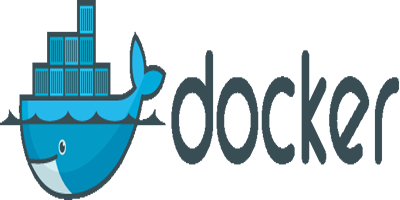
An open platform for distributed applications, Docker is an application for DevOps engineers who want to “build, ship, and run any app, anywhere.” With Docker, you can quickly assemble apps from components and work collaboratively.
Key Features:
- Assemble multi-container apps and run on any infrastructure
- Compose an app using both proprietary containers and Docker Hub Official Repos
- Manage all containers of an app as a single group
- Cluster an app’s containers to optimize resources and provide high-availability
8. New Relic
With New Relic APM, DevOps engineers spend less time monitoring applications and more time on building and deploying. A popular, reliable tool, New Relic APM is a great choice for DevOps engineers.
Key Features:
- Helps in the build, deployment, and maintenance of web software
- Application monitoring in one place
- Cross application and transaction tracing
- Database and availability and error monitoring
9. Gradle
Gradle is a robust tool for automating building, testing, publishing, and deploying software packages and other projects. With the combined power and flexibility of Ant and Maven, Gradle is an open source build automation system which is perfect and very useful for DevOps engineers.
Key Features:
- Declarative builds and build-by-convention
- Language for dependency-based programming
- Structure your build
- Deep API
- Multi-project builds
- Ease of migration
10. Git
Git is a mature, actively maintained open source project originally developed in 2005 by Linus Torvalds, the famous creator of the Linux operating system kernel. Git is a free and open source distributed version control system designed to handle everything from small to very large projects with speed and efficiency.
Key Features:
- Working offline
- Fast to Work With
- Repositories Are Smaller
- Moving or Adding files
- Ignore Certain Files
- Branches
- Check the Status of Your Changes
- Stash Branches
- Cherry Pick Changes from Branches
- Find version that Introduced a bug using Binary Search
These are the most popular DevOps tools which are used by DevOps engineers or practitioners these days. But to make most out of these tools you need to have proper knowledge of these tools like installation process, implementation process, where to you use, how to use, troubleshooting and much more. So, if you think you need help or training for these tools or for DevOps related helps than we are here to assist you with our industry expertise professionals.
Tagged : ANT / Apache Maven / Best / Best DevOps Tools / Chef / Devops / DevOps Engineers / DevOps Tools / Docker / Features / git / Gradle / Jenkins / list / List of DevOps Tools / Logstash / New Relic / puppet / Tools / Top / Top DevOps Tools
